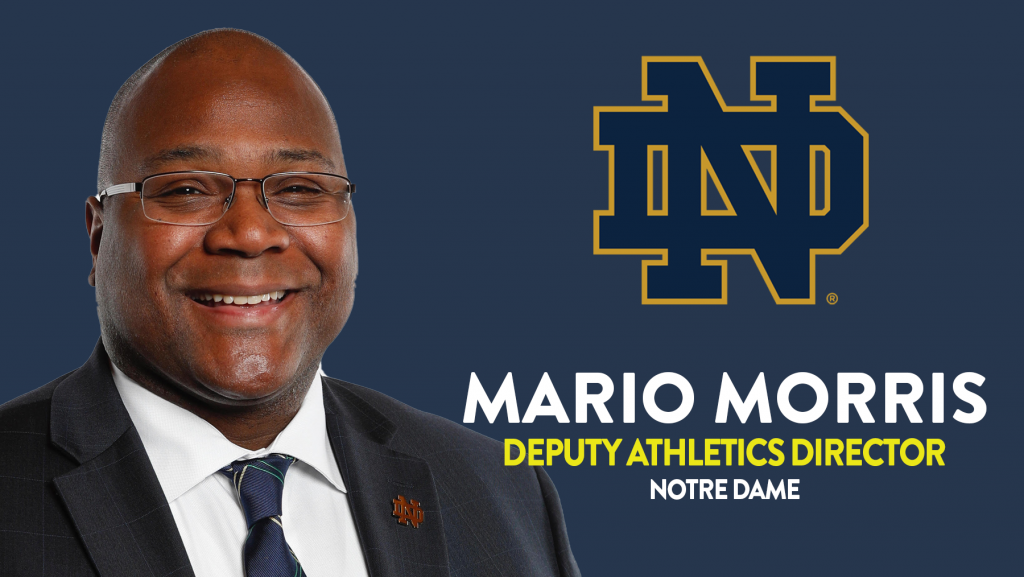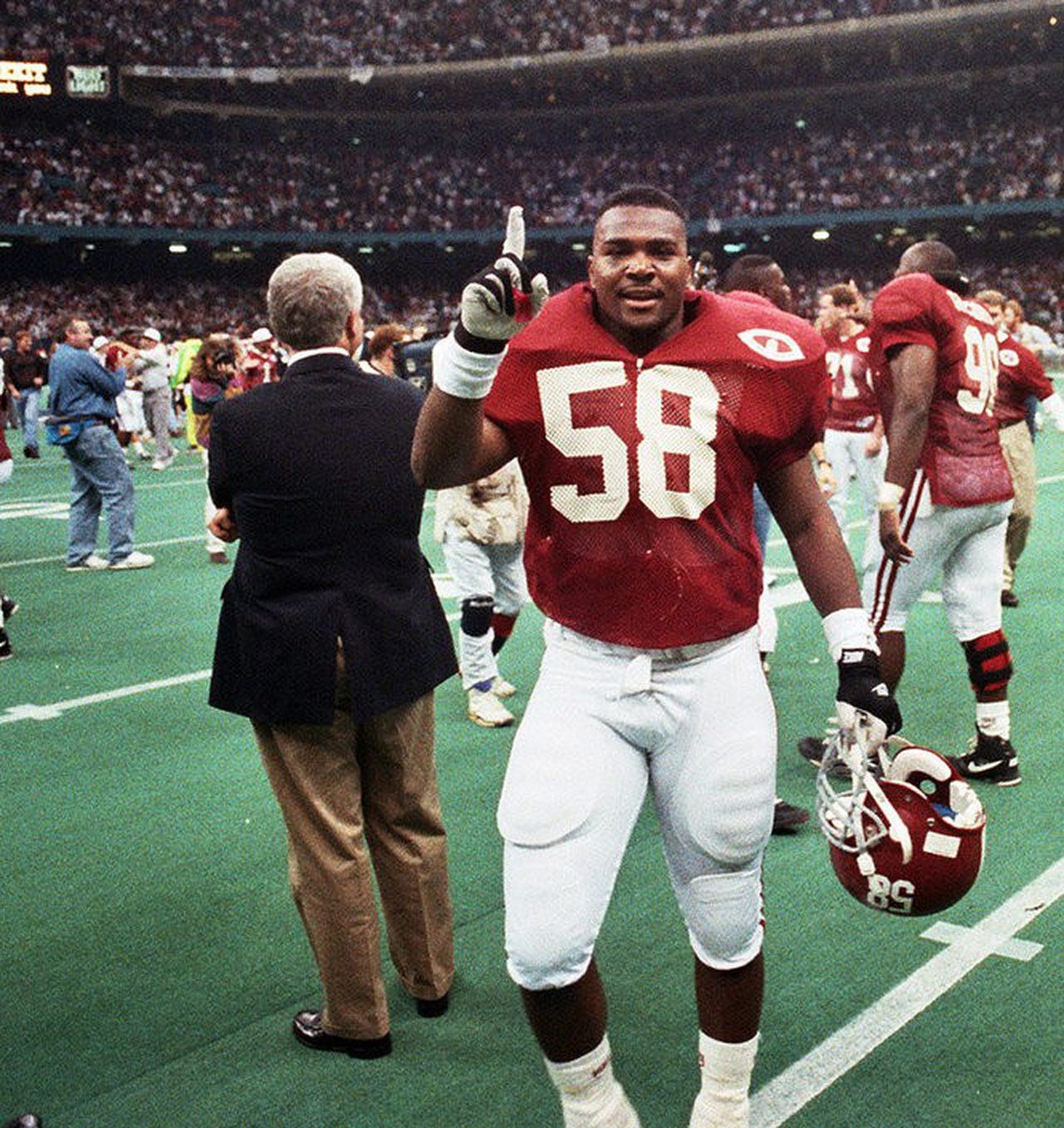
I can remember staring at the screen seeing a player that looked like me on EA Sports NCAA Football. I was fortunate enough to play on Alabama’s 1992 National Championship team that was immortalized in one of the first hit football video games. They had the number right, position right, skin color right, and the speed a little faster than I was — but I was cool with that. I didn’t think much about getting paid for my appearance on the video game at the time, but thanks to Ed O’Bannon, Sam Keller, and others, I was compensated several years later for the use of my likeness.
College athletics has always had many free-market principles. For legitimate reasons, our coaches and administrators are paid according to the “market”. We try to maximize our commercial revenue opportunities while working hard to balance it with the institutional mission. But until now, most of those free-market principles and benefits have not flowed directly to the student-athletes.
Public pressure, the lawsuits against the NCAA, and the actions by several states to introduce and pass state-specific NIL legislation have helped push forward the Student-Athlete Commercial Opportunity/NIL conversation.
As a former student-athlete from very humble means who believes in free-market capitalism, I am whole-heartedly in favor of allowing student-athletes to capitalize on commercial opportunities including receiving compensation for the use of their name, image, and likeness.
As a senior college administrator at Notre Dame, I am buoyed by the fact that our president, Rev. John I. Jenkins was among the first leaders in Higher Education to acknowledge that student-athletes should have the opportunity to benefit from their name, image, and likeness. We all now know that this is the right thing to do. While supportive, I am concerned and cautious about opening pandora’s box.
First, let’s look at what keeps me up at night.
Are we moving too fast?
While I couldn’t be more excited for our student-athletes and the potential for them to capitalize on commercial opportunities and while the wait has been long, I have concerns that we are rushing into this without nearly enough information or clarity. Our focus on the pandemic has inhibited our ability to engage fully on NIL. And while one of the lessons we have learned from our Covid-19 response is that we will need to make difficult decisions without all the information, as it pertains to NIL, we should possibly take more time and not make an unforced error by moving too fast.
The unknown legislation solution.
We don’t know the status of the federal legislation as we don’t know the make-up of congress at this point and so far, the legislative proposals vary greatly. Yes, the state of Florida’s NIL legislation is due to take effect in July 2021 and we might have a different set of rules for a short period of time, but spending more time on this can only help.
Overly burdensome red tape?
The current NCAA draft legislation is an admirable effort. There are a lot of good people working hard to define the issues and develop solutions. But, after reviewing the publicly available information, implementing this is going to be a potential nightmare.
There is no existing infrastructure, platform, or personnel at most institutions to assist with these efforts. Not to mention that most athletic departments are still trying to figure out how to survive the financial ramifications of the pandemic, many are still facing hiring freezes and budget cuts. As a possible reflection of these limitations or because of strategic preference, many institutions have turned to third-party vendors who are entering this market, offering a range of different services. In my opinion, without the rules in place, this may be a little premature. It is understandable though as this could be a huge recruiting advantage if you get it right.
Is it too restrictive?
The current draft legislation would prohibit schools from arranging or securing endorsement opportunities for student-athletes and would seem to severely restrict institutional involvement. It should be noted that the current draft legislation would mostly likely prohibit student-athletes from receiving compensation for appearing in a video game. So, no EA sports NCAA football for now…
A voice for the voiceless.
While the NCAA governing bodies have tried to include student-athletes in this process, student-athletes in revenue-producing sports, specifically football and basketball have been underrepresented in these discussions. It is my hope that they have a stronger voice and are included in a more meaningful way moving forward.
My years in college administration and my experience as a student-athlete have led me to some additional observations or suggestions that I hope will be considered as we work towards implementing NIL solutions.
- Align with and learn from the university -what policies are in place that regulate or govern how students participate in commercial activities? What can we learn from Intellectual property policies, tech transfer programs, and start-up or business incubator programs? Allow for institutional flexibility.
- Implement a framework for regulation but grant a 2-year grace period for review (no violations or significant penalties enforced). Let’s see how the market develops.
- Don’t over-regulate causing institutions to invest more for compliance or monitoring. We don’t want 50% of our athletic department efforts going towards monitoring NIL. Initially, maybe Less regulation is the solution here.
- Review state and federal legislation including those supported by NCAA members to see what concepts can be uniformly adopted.
- Allow schools to include and align sponsorship deals with student-athlete sponsorship deals. It will be more efficient, easier to implement, and could reduce conflict.
While college athletics has certainly changed from the time that I was a student-athlete, that dedication from young men and women is still at the heart of who we are.
 Giving our student-athletes the ability to earn additional money using their name, image and likeness is the right thing to do. Student-athletes would like the ability to align their educational journey with their entrepreneurial pursuits. They would like to create start-up companies and have a chance to pursue the American Dream just like other students.
Giving our student-athletes the ability to earn additional money using their name, image and likeness is the right thing to do. Student-athletes would like the ability to align their educational journey with their entrepreneurial pursuits. They would like to create start-up companies and have a chance to pursue the American Dream just like other students.
As an athletic administrator, we work to ensure the health and safety of our student-athletes and we seek to ensure that they have an incredible student-athlete experience where they learn, grow and prepare for life after college. We must ensure that we are in alignment with our institutional mission while facing multiple challenges including navigating the blurred lines of commercialism and capitalism.
The next 5-10 years will introduce transformational change to college athletics. As we prepare to watch this year’s College Football Playoffs, we know that this is the calm before the storm begins again, but if events over the past year have taught us anything, we have learned that we can adapt when necessary to produce remarkable opportunities for student-athlete growth, empowerment, and development.
